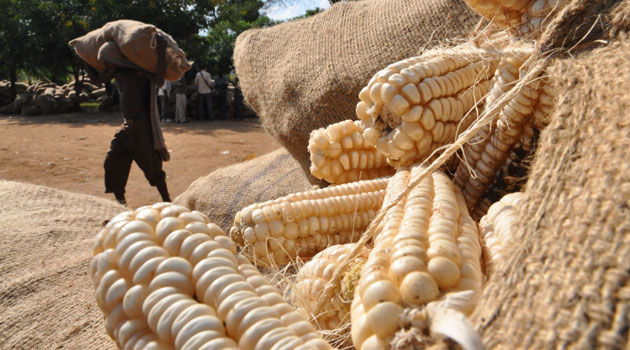Opinion by Titus Kisangau, Program Officer - Communications at Eastern Africa Grain Council
For a country to be termed as food secure, all people at all times need to have access, not only to nutritious, but also safe food. This is even truer with cereal crops, which form the bulk of staple foods in Kenya. Amongst the important cereals crops whose quality controls are being emphasized for its safety is maize.
Every day, millions of Kenyans are consuming maize in various meals. Githeri, Ugali, maize flour cakes, Uji (porridge) are just among few delicacies prepared from maize crop.
READ ALSO: Reducing posts-harvest losses can triple small-scale farmers' earnings
So, what quality control measures should we observe to ensure that any maize meal being consumed in Kenya is both nutritious and safe for the health of the nation?

The way maize is handled after harvesting is key in determining the quality of the Maize grain and the final products.
Post-harvest handling
The way maize is handled after harvesting is key in determining the quality of the Maize grain and the final products. If mishandled, it may easily lead to aflatoxin contamination, a poisonous mould content that arises from improperly dried maize.
READ ALSO:Hermetic Metal Silo Secures Grains against Pests
Maize normally take about 4- 5 months from planting to harvesting depending on the varieties, climate and altitude. Harvesting of maize is normally done in the dry period. It should also be done at physiological maturity when the grains have a moisture content of approximately 13% to avoid rotting. This is a key determinant of the final quality of maize and its products.
Rotting encourages the growth of mould in maize including aflatoxin. The maize is then sundried periodically after which cobs are removed and shelled. Maize shelling should be done carefully to avoid damages to the grains as this affects the quality of the maize grains. The maize can then be stored or sold. Sun drying the maize is a quality control measure which helps reduces the incidences of mould growth and increase the period of storage.
Warehousing
Maize should be stored in warehouses that are well ventilated. The warehouses should have air inlets that are not placed near potential contaminants. The warehouses should also be kept clean and bait traps for rodents set and inspected frequently. Certification of warehouses comes handy. This ensures that they conform to the standards of ensuring quality storage.
READ ALSO: Hermetic bag keeps off grain pests for over two years, averts losses
Transportation
Transportation of maize is another potential exposure of the maize to deterioration of quality. Transportation of maize in open trucks exposes the grains to precipitation which can leading to the wetting of the grains.
Quality control in milling
The milling industry is expanding rapidly in the country and attracting many investors.
Apart from the established large scale millers, the industry has attracted small and medium enterprises. The level of preparedness of such enterprises in terms of food quality and safety control is wanting.
Before a miller receives maize in their premises, quality aspects should be checked in accordance with EAC standards.
Quality control at border points
Before maize is allowed into Kenya, inspection and checks should be undertaken at the border points. This will ensure that goods entering the country meet the prescribed international and national standards.
















Comments powered by CComment